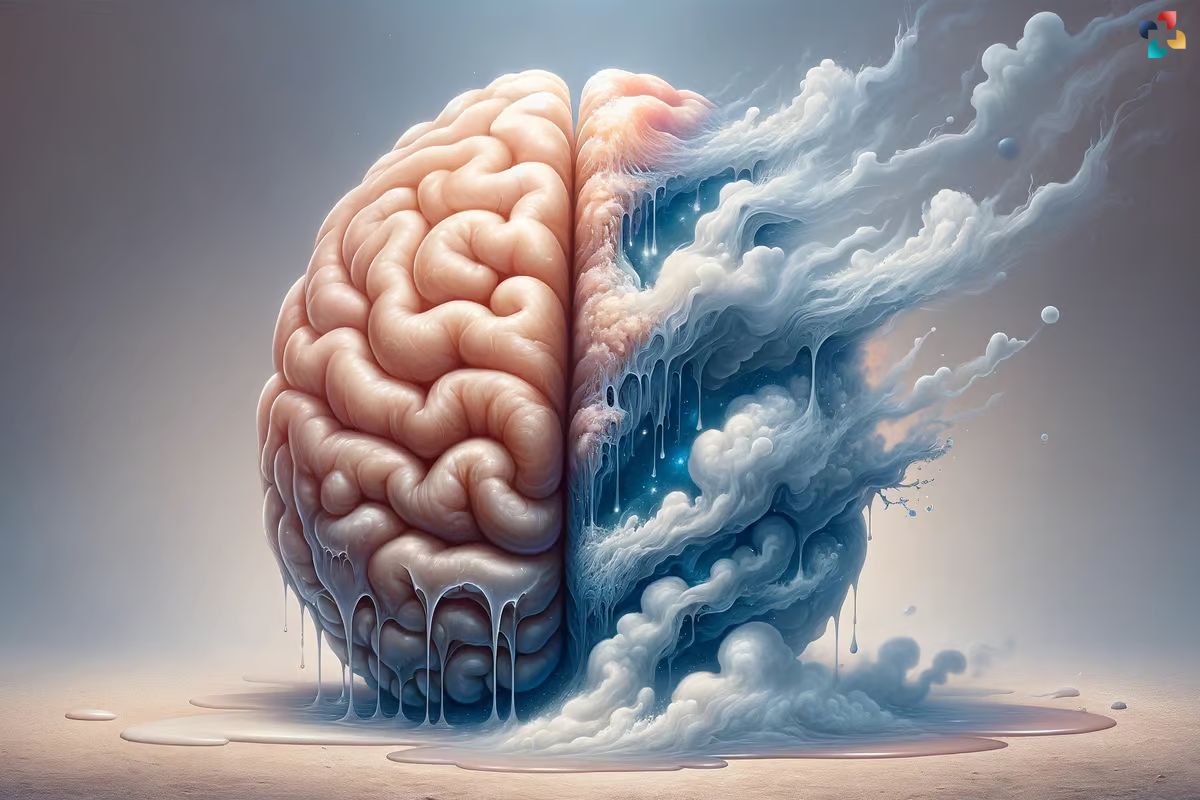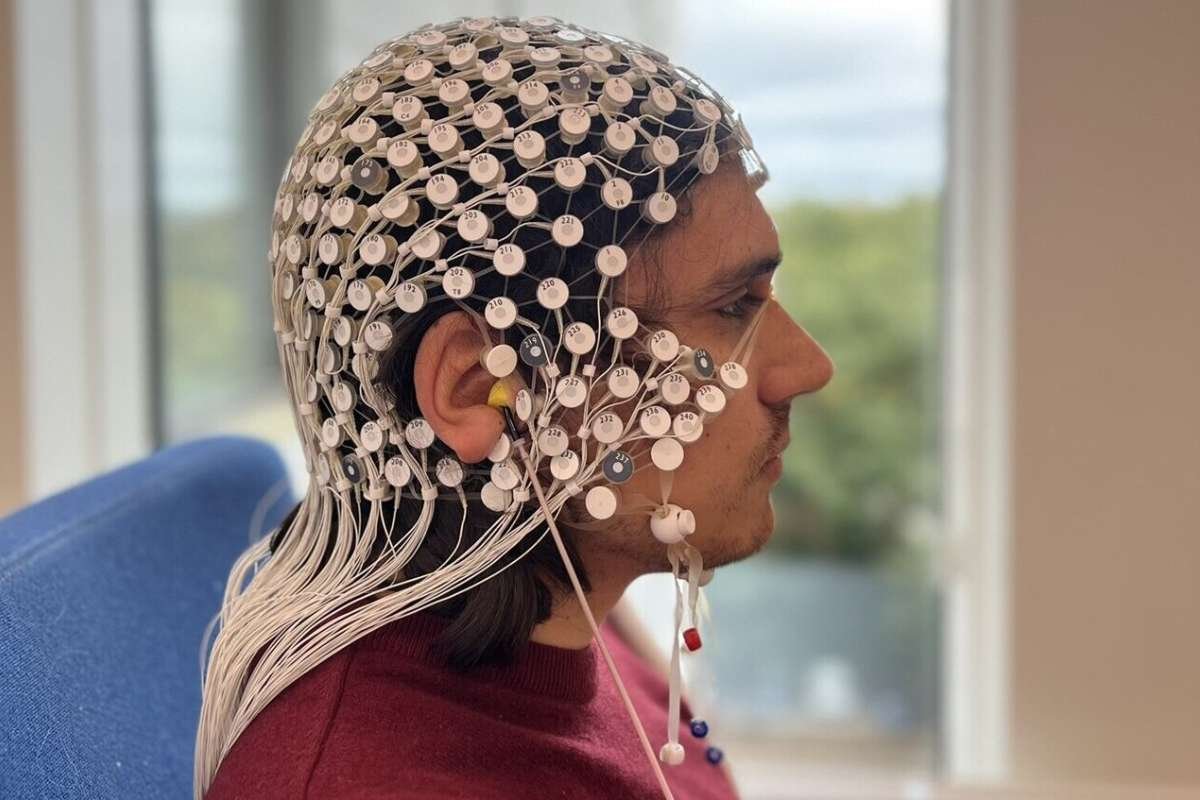Source – New Atlas
Recent research suggests that the human brain neurons do not exist in a single, fixed state of matter. Instead, they seem to be perpetually transitioning between two different states. This groundbreaking study, published in the journal Communications Physics, indicates that our brain structures may reach or come very close to a state known as “criticality.” At this point, the Brain neurons are constantly phasing between states, never settling into one.
Helen Ansell, the lead author of the study from Northwestern University’s Department of Physics and Astronomy, likens this phenomenon to the transition of water from solid to liquid. “The structure of the brain at the cellular level appears to be near a phase transition,” she explained. Just as water molecules are in flux between ice and liquid water, neurons are caught in a delicate balance between two distinct states.
The exact nature of these two states remains a mystery, yet the findings shed light on the complex inner workings of our brain. This perpetual state of flux might be the key to understanding how our brain supports the intricate phenomenon of consciousness. Interestingly, this critical state also suggests that human brains might share more similarities with less complex brains of other creatures than previously thought.
Fractal Structures in the Brain
A crucial aspect of this discovery is the fractal nature of brain structures. Neurons exhibit fractal patterns, which are self-similar and appear the same at any scale. When zoomed in, smaller structures of a fractal mirror the larger ones, maintaining this pattern all the way down. The researchers, employing a statistical physics approach, analyzed publicly available 3D reconstructions of brains from humans, fruit flies, and mice. They observed these repeating fractal patterns in Brain neurons but also noted significant variations in the sizes of neuron segments.
This combination of order and diversity in neuron structures is indicative of matter nearing a critical point. “These are things we see in all critical systems in physics,” said co-author István Kovács from Northwestern. “It seems the brain is in a delicate balance between two phases.”
Such findings not only provide insights into the fundamental nature of our brains but also raise intriguing questions about the universality of these patterns across different species. Despite the differences in complexity and size, the fractal nature and signs of criticality in the brains of fruit flies, mice, and humans suggest a common underlying principle.
Implications and Future Research
One of the most compelling aspects of this research is the discovery of criticality in the brains of various species, not just humans. “Initially, these structures look quite different — a whole fly brain is roughly the size of a small human neuron,” Ansell noted. “But then we found emerging properties that are surprisingly similar.”
This observation implies that criticality might be a universal characteristic of all brains, regardless of size or complexity. However, more research is needed to confirm this hypothesis. The current findings open up a “gray area” that requires further exploration with additional brain reconstructions from a wider array of species.
In summary, this study provides a new perspective on the brain’s structural dynamics, suggesting that our Brain neurons exist in a continuous state of phase transition. This discovery not only enhances our understanding of the brain’s complexity but also hints at a shared trait among different species’ brains, potentially redefining our knowledge of neurological structures and functions.






.jpg)
